
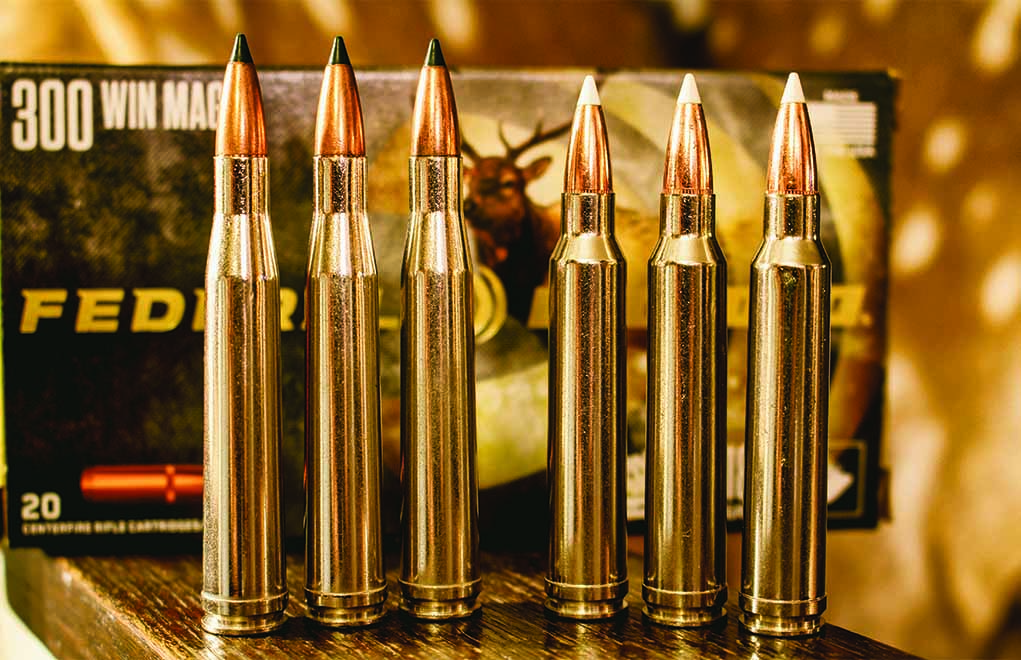
Common vs. obscure cartridges: Sometimes it pays to paddle against the current. You might find the rarities the most fulfilling to shoot.
Why You Might Want To Shoot An Obscure Cartridge:
- The challenge of producing key components, such as cases, to reload the ammunition.
- A connection to historical hunts and hunters and the cartridges they used.
- Fulfillment to experiment with the performance of cartridges and spice up your gun collection.
Because I’m both a handloader and an aficionado of metallic cartridges, the choice between buying a rifle or pistol chambered for one of the proven—and readily available—cartridges and one of the more obscure, yet “cool,” cartridges has been a struggle.
Yes, ammunition for the .30-06 Springfield, .270 Winchester and 7mm Remington Magnum are available at pretty much any store that sells ammunition, and they’re also very effective hunting cartridges, but it’s great fun to carry an equally effective, yet more obscure, cartridge you’re personally passionate about.
If you’re on any form of social media where cartridges are discussed or perhaps one of the hunting forums, you’ve surely seen the fervor (and sometimes, venom) with which certain cartridges are attacked and/or defended. Shooters will insist that 100 fps or 100 ft-lb of energy will make the difference between anemic terminal performance and blinding devastation.
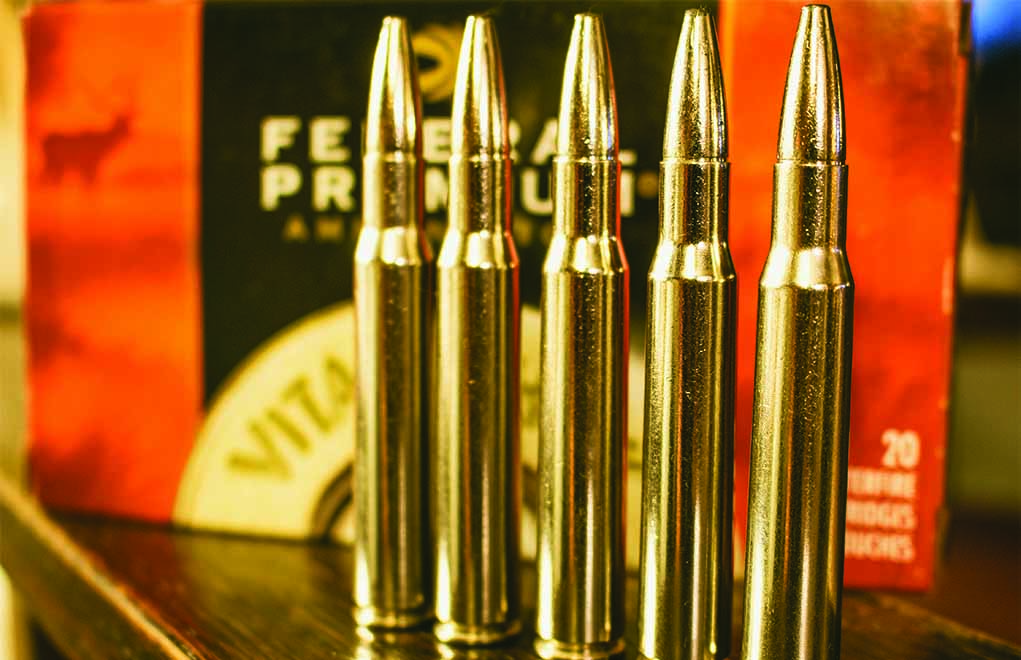
We hunters feel the need to quantify all things (John Taylor’s Knockout System is a great example of a demonstrative, yet admittedly flawed, means of quantifying the power of certain cartridges), but it’s silly to say that the .308 Winchester and .30-06 Springfield are as different as peas and apples inside of 200 yards. Further muddy the waters with an obscure or obsolete cartridge, and the sparks will most certainly fly.
Variety Is the Spice of … Ammo
I’ve long handloaded my own ammunition, even for the rifles chambered for the most common cartridges, so I’ll be the first to admit that my view of ammunition availability is skewed: I can usually make what I can’t buy. If you’re the practical type of shooter/hunter (as my father, “Ol’ Grumpy Pants,” certainly is), you can get through with just a handful of cartridges to hunt the whole, wide world.
If you had a good .22 LR, perhaps a .223 Remington or .22-250 Remington for varmints, a 6.5 Creedmoor or PRC for light game and targets, a common .30-caliber for larger game and a good .375 H&H for huge dangerous beasts, you’d be well-served. With the exception of the PRC (and even that is starting to change), all those cartridges are readily available at most places that sell ammunition, and I can’t really find a reason not to use any of the choices I’ve mentioned.
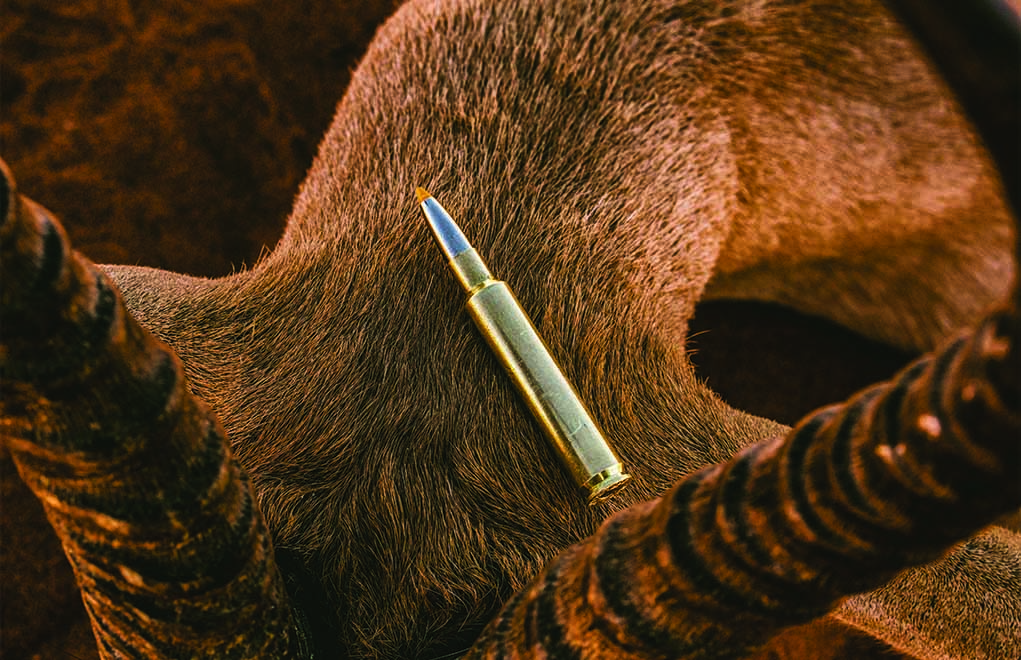
But if you’re the kind of sportsman who has a desire to experiment with the performance of a cartridge that’s not one of the most popular, yet is fully capable, or you’re the type of hunter/shooter who reads too many old hunting and shooting books (and I’m most definitely guilty of this), taking one of the vintage cartridges out in the field creates a definite connection to the past. So, while it might not make the greatest financial sense, owning some cartridge that’s a little “left of center” can bring quite a bit of joy.
Being completely honest, a good .30-’06 Springfield (capable of launching bullets weighing between 110 and 250 grains) can cover an awful lot of ground in the hands of an accomplished rifleman. While I’ve gone on record stating that the .30-06 Springfield is wonderfully boring and predictable, some want a different experience. In spite of its age—it’s a robust 114 years old this year—it remains the benchmark for the caliber, and it’s still one of the most popular cartridges ever developed.
Load Up On Reloading Info:
- The Flexible And Forgiving .30-06 Springfield
- The .45 Colt: A Wheelgun Classic
- .300 Win. Mag.: The Answer To Most Hunting Questions
- Tips For Reloading the .223 Remington
Should everyone be shooting it? Well, variety is the spice of life, but I own a .30-06 rifle in addition to a wide selection of others. Does this make that sweet 1895 Winchester in .30-40 Krag (which offers a performance level capable of taking nearly all the same game as the ’06) in the corner of the gun shop a silly purchase? Absolutely not! The available ammunition for the Krag will certainly not equal that of the Springfield, but if you know that going into the deal, there are steps you can take to feed the rifle. But remember: You’ve got to keep that Krag fed properly.

So, let’s take a look at different sources for ammunition or components for that obscure cartridge you’ve become enamored with.
Shopping Spree
Certain companies have been instrumental in keeping the obscure cartridges alive, and there are means of making your own cases, if you’re so inclined. There are companies that specialize in brass cases for these cartridges (such as Bertram Brass from Australia and Roberson Cartridge Company in Texas), and I’ve leaned on their products a number of times.
I hired Hillbilly Custom Rifles of Vermont to build a .318 Westley Richards on a 1916 Gew. 98 Mauser action and made my own brass cases by cutting down and re-forming some .30-06 cases. They worked just fine, but there was just one issue: Many African countries require the headstamp of the cases to match the marking on the rifle; otherwise, they won’t allow the importation.
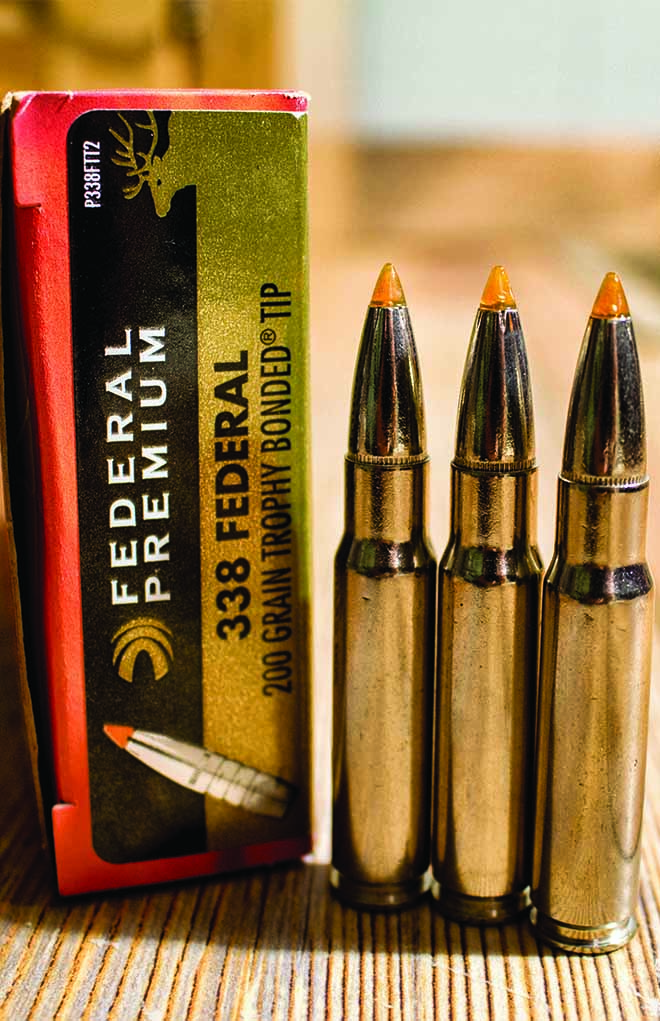
I bought some properly headstamped Bertram cases and some from Roberson and had a great safari with that rifle in Zimbabwe. There’s just a limited amount of Kynoch loaded ammunition available (at a seriously high price), but I wanted to use the excellent Woodleigh Weldcore bullets in my own handloads.
Depending on the cartridge, you might (or might not) be able to make your own cases from another or have someone competent make them for you. But sometimes, you need to buy the cases. I’m in the process of having a .350 Rigby Magnum rifle built, and while it shares the same shoulder angle as the younger .416 Rigby, it can’t be made from that case. So, it’s Roberson to the rescue again; and, with a good set of dies, I can handload my own ammunition.
There are many examples such as this, and depending on the cartridge you’re passionate about, you can either revive a cartridge presumed to be at death’s door or have a chance to hunt with a wildcat. I would recommend the purchase of The Handloader’s Manual of Cartridge Conversions by John J. Donnelly—if for no other reason than to examine the possibilities of making brass for your obscure choice.
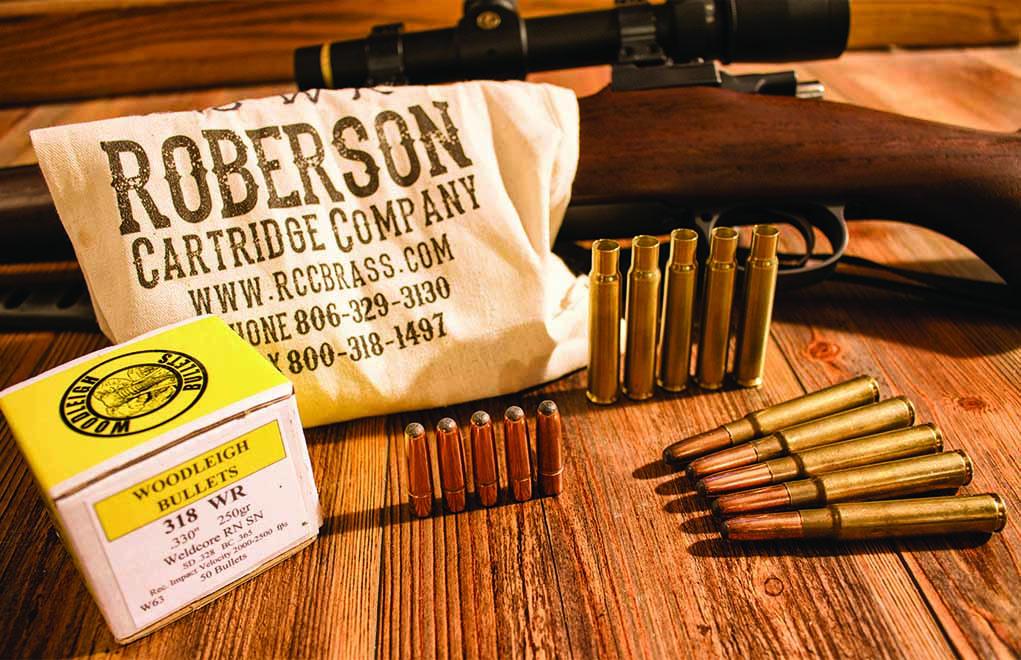
Bullet sources for obsolete bore diameters can pose a bit of a problem, but the solutions are increasing. As I stated earlier, Woodleigh Bullets of Australia has long embraced the classic British cartridges of yesteryear, offering a selection of its Weldcore bonded-core soft-points, as well as its FMJ solids, in a wide array of calibers and weights. This manufacturer is well-versed in the classic cartridges (both Graeme Wright and Geoff McDonald are amazing information sources), and their reloading manual is invaluable.
Having good component bullets available for cartridges such as the .280 Ross (.287-inch), the .333 Jeffrey (.333-inch), the .425 Westley Richards (.435-inch), as well as the .475 NE and .475 No. 2, makes the difference between a wall-hanger and a functional rifle. Here, in the United States, Hawk Bullets offers some obscure bullet diameters in its lineup and also offers its customers the option of choosing different jacket thicknesses. I use the Hawk 200-grain .330-inch-diameter bullet in my .318 Westley Richards for deer and black bear, although I’ve yet to connect with the Hawk; they’re very accurate in my rifle.
Among the big hitters in the ammunition industry, Hornady has been instrumental in bringing back a good number of cartridges, providing good ammunition for certain cartridges that are most definitely past their prime (although it usually coincides with a modern rifle being available). The .405 Winchester (the darling of the 1895 Winchester), .450 Nitro Express, .250 Savage, .275 Rigby (specifically, the HV design) and the .348 Winchester are all available from Hornady in factory-loaded form, and their components are also available for most of these.
Mainstream or Obscure Cartridge?
I built a .318 Westley Richards because of nostalgia (it was a very popular, all-around cartridge in East Africa a century ago), but I could have easily attained nearly identical ballistics from the more-modern .338-06 A-Square. I’ll admit that the .338-06 offers a wider selection of bullets (the .318 WR uses a .330-inch-diameter bullet), and proper headstamped brass is much easier to obtain.
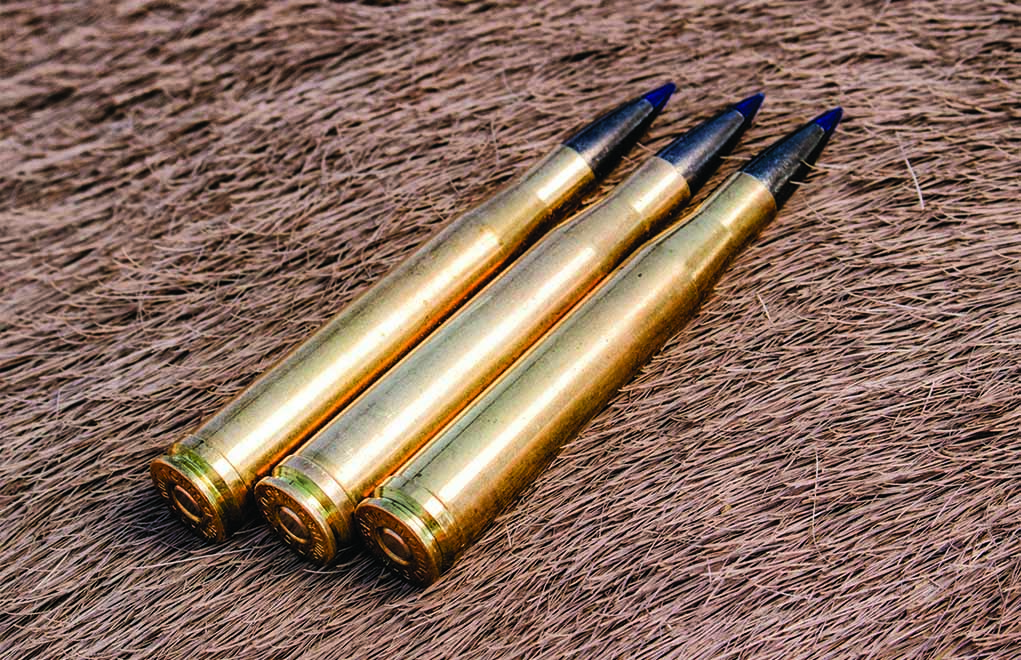
However, I enjoy the connection to the history of the safari with the older cartridge. The same can be said for that .350 Rigby Magnum: I could probably come very close to the ballistics with the .35 Whelen (in and of itself a very useful cartridge) or matched it with the .358 Norma Magnum, but it’s all the stories I’ve read about Denys Finch-Hatton and Bror von Blixen-Fineke, coupled with the opportunity to shoot a genuine 1917 Rigby takedown rifle chambered for that cartridge, that set the hook.
Among the lever rifles, there are plenty of excellent choices, such as the .30-30 Winchester and .45-70 Government—both of which remain superb hunting cartridges—but because I’m a fan of the oddballs, I find myself scouring the gun shops for just the right Winchester Model 71 in .348 Winchester or an 1886 Winchester in .33 Winchester. I suppose I have an incurable attraction to these oddballs.
I believe there are instances for which a “traveling” rifle chambered for a common cartridge certainly makes sense ( … as if you’re going to find any spare ammunition in hunting camp). Odds are, it’ll be a common cartridge. Most African camps have some .375 H&H ammunition on hand, and American hunting camps will have some .30-06 and/or .308 Winchester or maybe some 7mm Remington Magnum or .300 Winchester Magnum. I’d be shocked to find any .338 Federal or 7mm Dakota stuff, but if you enjoy hunting with them, that’s the chance you take when you hunt abroad.
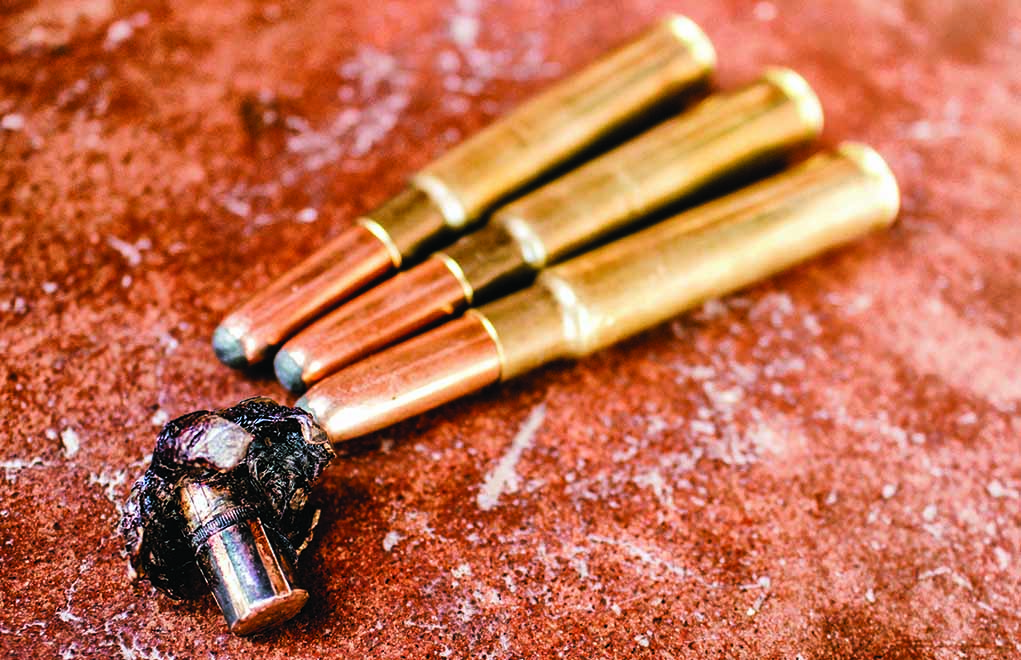
Do some research of your own. If there’s a cartridge that tickles your fancy, or if you find a used rifle in a gun shop, take a look at the difficulty of obtaining ammunition. Companies such as Choice Ammunition, Superior Ammunition, my own Massaro Ballistic Laboratories and others can give you the handloaded ammunition experience—from professional hands. Poke around the Internet for different sources for ammunition, and you’ll be surprised how much is actually out there.
Maybe that vintage .308 Norma Magnum or .350 Remington Magnum isn’t so hard to feed after all … .
Editor's Note: This article originally appeared in the March 2020 issue of Gun Digest the Magazine.

Next Step: Get your FREE Printable Target Pack
Enhance your shooting precision with our 62 MOA Targets, perfect for rifles and handguns. Crafted in collaboration with Storm Tactical for accuracy and versatility.
Subscribe to the Gun Digest email newsletter and get your downloadable target pack sent straight to your inbox. Stay updated with the latest firearms info in the industry.

![Best Concealed Carry Guns In 2025 [Field Tested] Wilson Combat EDC X9S 1](https://gundigest.com/wp-content/uploads/Wilson-Combat-EDC-X9S-1-324x160.jpg)


![Best 9mm Carbine: Affordable PCCs [Tested] Ruger Carbine Shooting](https://gundigest.com/wp-content/uploads/Ruger-Carbine-Shooting-100x70.jpg)
![Best AR-15: Top Options Available Today [Field Tested] Harrington and Richardson PSA XM177E2 feature](https://gundigest.com/wp-content/uploads/Harrington-and-Richardson-PSA-XM177E2-feature-100x70.jpg)
